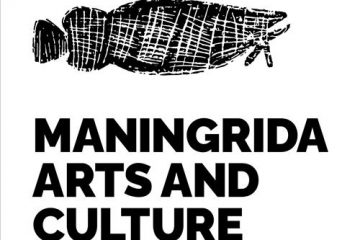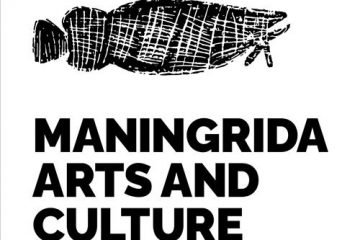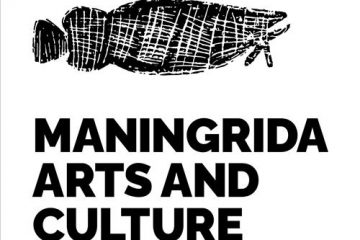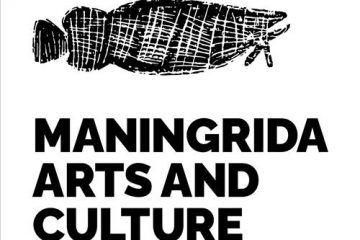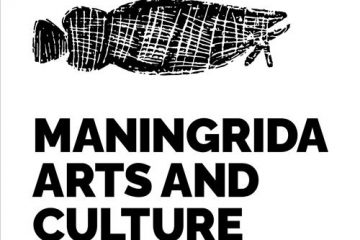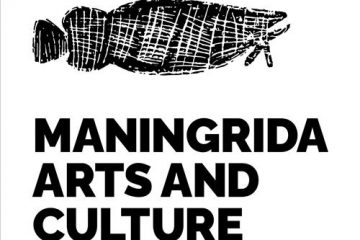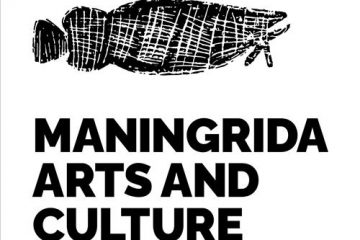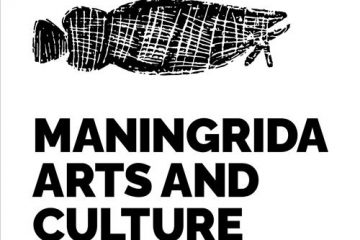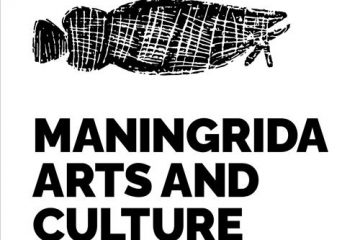Maningrida Arts & Culture
111982368038
Kalawan (Goanna) This painting depicts a goanna embedded in an intricate depiction of kunkurra, the mini cyclones common during the wet season in Arnhem Land. Kunkurra also relates specifically to the Bilwoyinj site. At this site, two of the most important Kuninjku creation beings, a father and son, hunted and Read more…
Maningrida Arts & Culture
111982368035
Morning Star The ceremony known throughout Arnhem Land generically as Marradjiri is a ceremony of diplomacy given by one group to another to establish good relations and to strengthen kinship (for example by marriage) and economic ties (for example the sharing of clan estate resources). The central object in the Read more…
Maningrida Arts & Culture
111982369643
Burarr (Water goanna) Bark paintings have a long cultural tradition, believed to extend back many thousands of years. In northern Australia, the walls of bark shelters in the Kimberley and Arnhem Land may well have been painted to convey and illustrate stories in the same way that rock shelters were. Bark painters in the Read more…
Maningrida Arts & Culture
111982369642
Morning Star Pole The ceremony known throughout Arnhem Land generically as Marradjiri is a ceremony of diplomacy given by one group to another to establish good relations and to strengthen kinship (for example by marriage) and economic ties (for example the sharing of clan estate resources). The central object in Read more…
Maningrida Arts & Culture
111982369640
Ngokngok (Owl) Ngokngok or mun-ngokngok is the Southern Boobook owl. Their clan is Warrawarra and the are connected to traditional healers.
Maningrida Arts & Culture
111982369639
Jayma (Queenfish) Bark paintings have a long cultural tradition, believed to extend back many thousands of years. In northern Australia, the walls of bark shelters in the Kimberley and Arnhem Land may well have been painted to convey and illustrate stories in the same way that rock shelters were. Bark painters in the Maningrida Read more…
